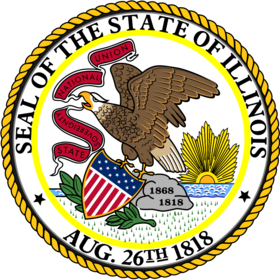Grade 7 - PARCC Item & Task Prototypes, Key Advances, Fluency Expectations, Within-Grade Dependencies
PARCC Item & Task Prototypes, Key Advances, Fluency Expectations, Within-Grade Dependencies
PARCC Item & Task Prototypes
PARCC Key Advances
In grade 6, students learned about negative numbers and the kinds of quantities they can be used to represent; they also learned about absolute value and ordering of rational numbers, including in real-world contexts. In grade 7, students will add, subtract, multiply, and divide within the system of rational numbers.
Students grow in their ability to analyze proportional relationships. They decide whether two quantities are in a proportional relationship (7.RP.2a); they work with percents, including simple interest, percent increase and decrease, tax, markups and markdowns, gratuities and commission, and percent error (7.RP.3); they analyze proportional relationships and solve problems involving unit rates associated with ratios of fractions (e.g., if a person walks 1/2 mile in each 1/4 hour, the unit rate is the complex fraction ½ / ¼ miles per hour or 2 miles per hour) (7.RP.1); and they analyze proportional relationships in geometric figures (7.G.1).
Students solve a variety of problems involving angle measure, area, surface area, and volume (7.G.4-6).
PARCC Fluency Expectations
| 7.EE.3 | Students solve multistep problems posed with positive and negative rational numbersin any form (whole numbers, fractions, and decimals), using tools strategically. This work is the culmination of many progressions of learning in arithmetic, problem solving and mathematical practices. |
| 7.EE.4 | In solving word problems leading to one-variable equations of the form px + q = r andp(x + q) = r, students solve the equations fluently. This will require fluency withrational number arithmetic (7.NS.1-3), as well as fluency to some extent with applying properties operations to rewrite linear expressions with rational coefficients (7.EE.1). |
| 7.NS.1 | Adding, subtracting, multiplying, and dividing rational numbers is the culmination of numerical work with the four basic operations. The number system will continue to develop in grade 8, expanding to become the real numbers by the introduction of irrational numbers, and will develop further in high school, expanding to become the complex numbers with the introduction of imaginary numbers. Because there are no specific standards for rational number arithmetic in later grades and because so much other work in grade 7 depends on rational number arithmetic (see below), fluencywith rational number arithmetic should be the goal in grade 7. |
PARCC Examples of Major Within-Grade Dependencies
Meeting standard 7.EE.3 in its entirety will involve using rational number arithmetic (7.NS.1-3) and percents (7.RP.3). Work leading to meeting this standard could be organized as a recurring activity that tracks the students’ ongoing acquisition of new skills in rational number arithmetic and percents.
Because rational number arithmetic (7.NS.1-3) underlies the problem solving detailed in 7.EE.3as well as the solution of linear expressions and equations (7.EE.1-2, 4), this work should likely begin at or near the start of the year.
The work leading to meeting standards 7.EE.1-4 could be divided into two phases, one centered on addition and subtraction (e.g., solving x + q = r) in relation to rational numberaddition and subtraction (7.NS.1) and another centered on multiplication and division (e.g., solving px + q = r and p(x + q) = r) in relation to rational number multiplication and division (7.NS.2).
